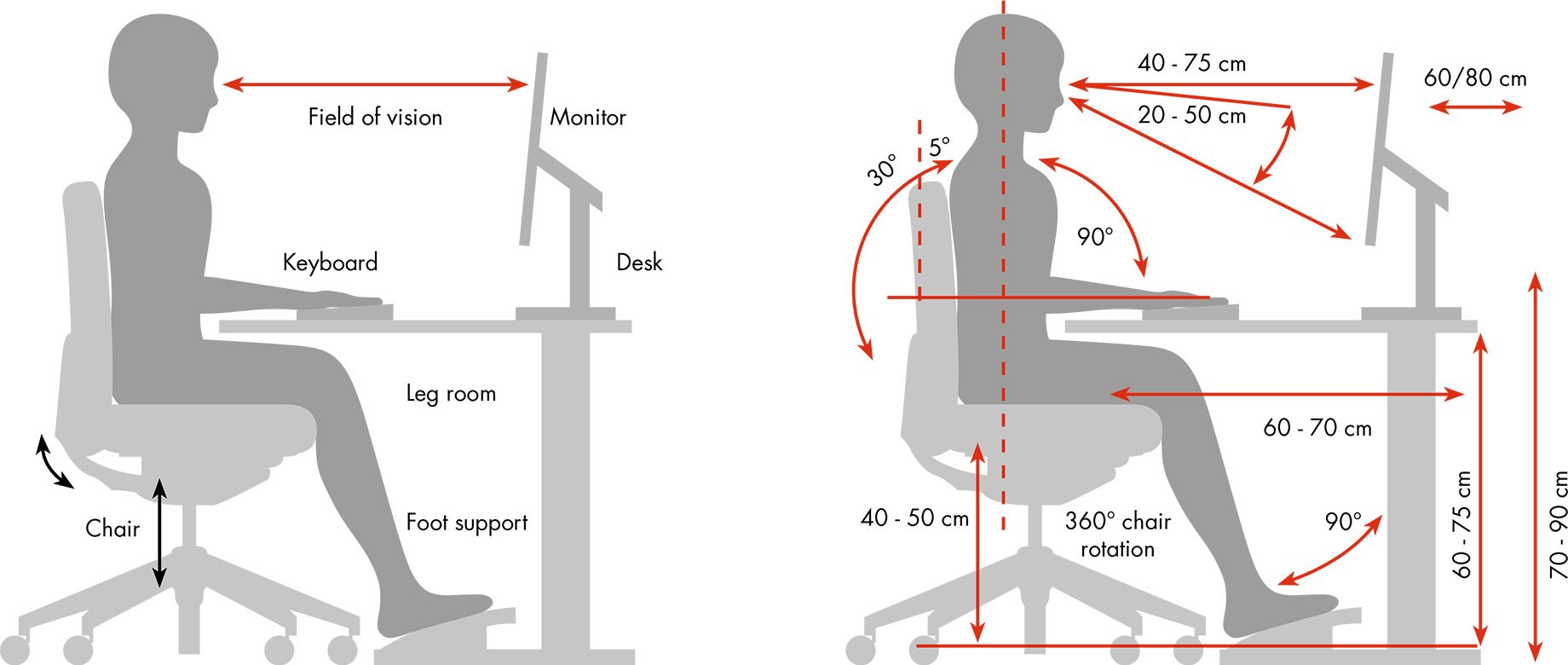Top Care Home Seating Trends to Watch in 2025
As the care sector evolves to meet growing demand and rising expectations, so too does the importance of furniture design in shaping quality living environments. In 2025, care home seating trends are about more than function, they’re about fostering wellbeing, promoting dignity and creating spaces that feel like home. Whether planning a refurbishment or selecting seating for a new facility, staying on top of current trends can ensure your spaces deliver both style and substance.
In this article, we explore the latest care home seating trends, from biophilic design and adaptive technologies to sustainability and sensory comfort, providing inspiration and practical guidance tailored to the needs of residents, staff and care operators alike.

Biophilic and Multi-Sensory Design
One of the defining care home seating trends of 2025 is biophilic design: bringing the outdoors in to support resident wellbeing. Nature-inspired interiors reduce stress and improve mood, benefits especially important in elderly care environments.
Incorporating Natural Materials, Living Greenery and Daylight
Expect to see increased use of wood grains, stone finishes, natural fibres and indoor plants. Seating that complements natural light and earthy palettes helps create a calm, restorative atmosphere.
Sensory-Friendly Textures, Lighting and Ambient Elements
Seating upholstery is moving beyond looks, fabrics with pleasing textures, paired with ambient lighting and acoustic solutions, deliver a complete sensory experience that benefits residents with dementia or sensory sensitivities.
Explore our full range of care home seating designed to support safety, comfort and independence.
Sustainable, Eco-Conscious Seating for Future-Ready Care Homes
Sustainability is no longer a nice-to-have, it’s a core consideration in care home seating trends. As care providers face increasing pressure to reduce their environmental impact, seating choices are playing a key role in meeting eco-conscious goals.
Choosing Low-VOC, FSC-Certified and Locally Sourced Materials
Modern care homes are selecting seating built from FSC-certified timber, low-VOC lacquers and recycled or locally sourced materials. These choices support not only the planet but also indoor air quality and resident wellbeing.
Longevity and Lifecycle Planning of Care Home Seating
Sustainable doesn’t stop at materials — 2025 trends favour seating that stands the test of time. Modular designs that can be easily cleaned, repaired, reupholstered or adapted help reduce waste and improve longevity, helping you make the most of your investment.
Creating a Feeling of ‘Home’ with Hospitality-Inspired Comfort
Gone are the days of institutional aesthetics. Today’s care environments aim to replicate the warmth, comfort and familiarity of home.
Soft Seating, Warm Materials and Flexible Layouts
Think plush armchairs, oak-effect finishes, warm tones and coffee table arrangements that encourage conversation and relaxation.
Personalisation that Fosters Resident Familiarity and Dignity
From colour-coded seating for visual cues to bespoke finishes that reflect residents’ tastes, personalised spaces offer both comfort and cognitive support, an essential aspect of elderly care interior design.
Smart, Adaptive and Connected Nursing Home furniture Ideas
As digital innovation transforms care delivery, smart furniture is emerging as a powerful tool to support resident wellbeing, staff efficiency and operational flexibility.
Intelligent Beds with Sensors and Alarms
Advanced care beds now come with built-in pressure sensors to detect movement, fall detection systems and automated profiling to adjust support throughout the day. These features help reduce manual handling and improve safety for both residents and carers.
Smart Chairs, Adjustable Surfaces and USB-Integrated Seating
Chairs with motorised recline, tablet arms and USB ports support comfort and connectivity, enabling residents to rest, read or recharge devices with ease. For staff, these features streamline daily routines and minimise physical strain.
Flexible, Modular Pieces for Ever-Changing Care Requirements
Modular seating, such as stackable chairs, linkable tables and reconfigurable storage, lets care homes adapt quickly to changing resident needs or room functions. It also allows phased upgrades without large-scale disruption or cost.
Looking for the right dining chair for your residents? Read our expert guide to the best dining chairs for care homes.
Accessibility, Ergonomics & Safety by Design
Care home seating must support both residents and staff, balancing comfort with safety and ease of use. Well-designed pieces can enhance independence while reducing the risk of injury.

High-Seat, Supportive Armrests and Easy-Stand Mechanisms
Chairs with elevated seat heights, firm armrests and tilt-assist functions help residents sit and stand without strain. These features are especially valuable for those with limited mobility or recovering from surgery.
Design to Reduce Caregiver Strain and Enhance Resident Independence
Ergonomic seating, such as adjustable-height chairs, wheeled overbed tables and slide-arm chairs, makes routine care tasks safer and less physically demanding. It allows carers to work more efficiently while preserving resident autonomy.
Wellness & Activity Zones for Active Ageing
Seating in wellness spaces should encourage movement, engagement and social interaction, supporting the physical and mental health of older adults.
Seating for On-Site Gyms, Hydrotherapy and Spa Spaces
From slip-resistant benches in hydrotherapy rooms to soft-edge chairs in spa zones, wellness seating must meet high standards for hygiene, durability and comfort. Lightweight materials and grab handles also aid access and mobility.
Lounge and Multi-Generational Areas That Encourage Social Wellbeing
Open-plan lounges with flexible seating allow residents to gather comfortably with friends, family or visiting school groups. Soft furnishings, layered lighting and zoning through seating placement help create a welcoming, inclusive environment.
Bold Design Statements
While minimalism remains popular in some settings, many modern care homes are embracing bold, characterful design to reflect individuality and make spaces feel alive and engaging.
Prints, Textures, Colour Layering and Curated Eclectic Pieces
Vibrant wallpapers, patterned upholstery and mixed materials can create a stimulating yet comforting atmosphere. Using layered textures and personal artefacts, such as framed artwork or decorative cushions, encourages emotional connection and helps each space tell a story. These choices also aid wayfinding and sensory stimulation, particularly in dementia-friendly environments.
Summary of 2025 Care Home Seating Trends
|
Trend |
Description |
Benefits for Care Homes |
|
Biophilic Design |
Use of nature-inspired materials and greenery |
Reduces stress, boosts wellbeing |
|
Smart Seating |
Chairs with tech integration (e.g. sensors, USB) |
Improves safety and staff efficiency |
|
Modular Layouts |
Flexible seating for reconfiguration |
Future-proofing and cost-effective |
|
Sustainable Materials |
FSC-certified wood, low-VOC finishes |
Meets eco-targets, improves indoor air quality |
|
Hospitality-Inspired Aesthetics |
Warm tones, plush fabrics, curated personalisation |
Creates homely, welcoming environments |
|
Ergonomic Design |
Easy-stand chairs, tilt-in-space seating |
Enhances independence, reduces strain on carers |
Choosing Trusted Suppliers & Partners
Selecting the right seating supplier is as important as choosing the seating itself.
What to Look for: Durability, After-Sales Support, Tailored Services
Look for ISO-certified suppliers who offer tailored solutions, product warranties and a strong aftercare process.
Partnering for Inclusive and Responsive Design Solutions
Collaborating with experienced partners like Swan Hill, who understand the complexities of dementia care, mobility and compliance, ensures your design vision is fully realised.
Care home seating in 2025 is defined by empathy, innovation and aesthetic purpose. Whether it's sustainability, smart tech or personalised comfort, each trend reflects a broader move toward truly resident-focused design.
By integrating these care home seating trends into your next refurbishment or new build, you’ll create environments that feel not only functional and safe but truly life-enhancing.

